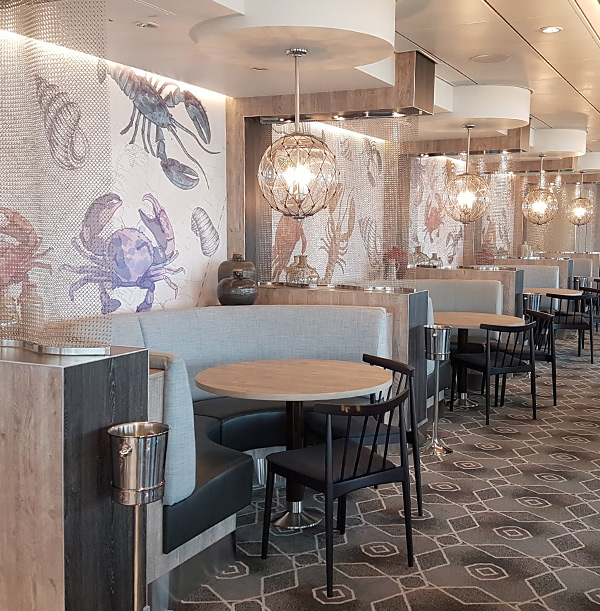As the world becomes increasingly aware of environmental concerns, the cruise industry is setting a new course towards sustainability. One vital aspect of this transformation is cruise ship furniture design. In this blog, we’ll explore the innovative ways in which sustainability is being integrated into the creation of furniture for these floating resorts.
The Importance of Sustainable Furniture Design:
Cruise ships are essentially floating cities, and like any city, they require a myriad of furniture, from cabins and lounges to dining areas and recreational zones. The sheer scale of these vessels makes the environmental impact of their furnishings significant. By prioritizing sustainability in furniture design, the cruise industry can make a substantial contribution to reducing its ecological footprint.
Eco-Friendly Materials:
Sustainable cruise ship furniture design starts with the materials used. Manufacturers are increasingly turning to eco-friendly options like reclaimed wood, bamboo, and recycled plastics. These materials not only reduce deforestation and plastic waste but also offer a unique aesthetic appeal, adding character to the ship’s interior.
Designing for Durability:
One of the key tenets of sustainability is longevity. Cruise ships are expected to operate for decades, so the furniture must be built to withstand constant use and exposure to harsh maritime conditions. Furniture designed for durability reduces the need for frequent replacements, ultimately saving resources and reducing waste.
Modular and Space-Efficient Designs:
To maximize space efficiency and reduce waste, modular furniture designs are gaining popularity on cruise ships. These pieces can be reconfigured to fit various purposes, eliminating the need for excess furniture. Additionally, thoughtful space planning ensures that every square foot is utilized efficiently, reducing the ship’s overall footprint.
Energy-Efficient Manufacturing:
Sustainability extends beyond the materials themselves. Cruise ship furniture manufacturers are adopting energy-efficient production processes, reducing carbon emissions during fabrication. This commitment to eco-friendly manufacturing aligns with the cruise industry’s overall goal of reducing its environmental impact.
Recycling and Repurposing:
To close the sustainability loop, cruise ships are increasingly implementing recycling and repurposing programs for their old furniture. Rather than sending discarded pieces to landfills, these items are refurbished or recycled, extending their lifespan and reducing waste.
Conclusion:
Sustainability in cruise ship furniture design is a vital component of the industry’s efforts to reduce its environmental impact. By choosing eco-friendly materials, designing for durability, maximizing space efficiency, embracing energy-efficient manufacturing, and implementing recycling programs, cruise lines can set a new standard for sustainable luxury travel. As travelers become increasingly conscious of their ecological footprint, cruise ships that prioritize sustainability in their furniture design will likely find smoother sailing ahead.



